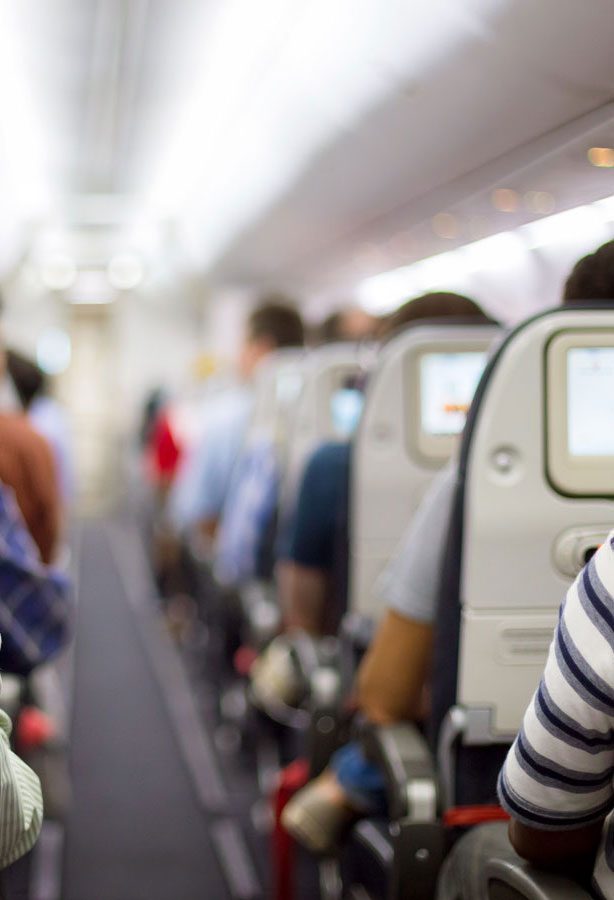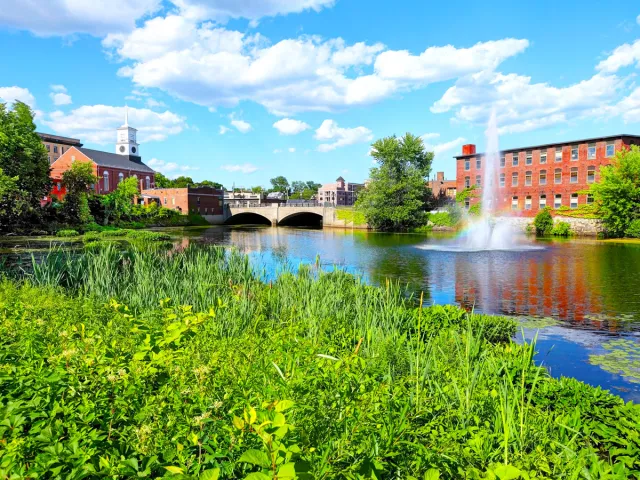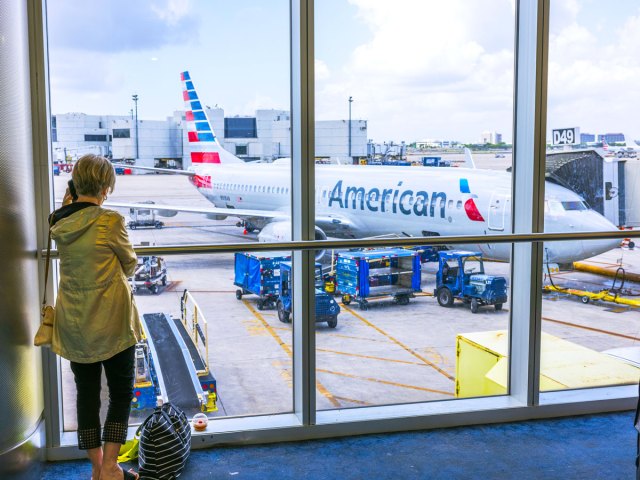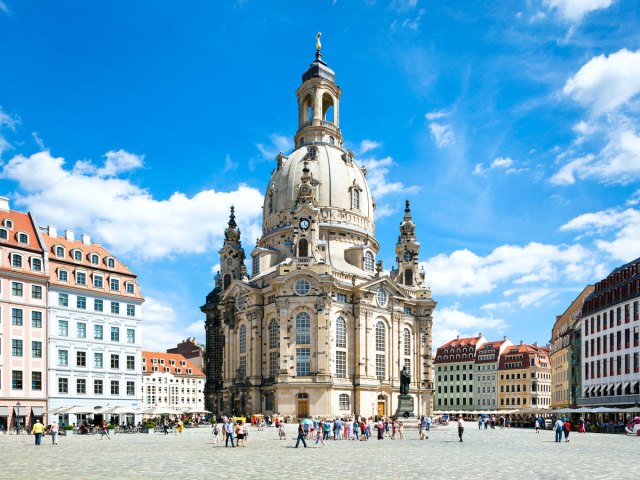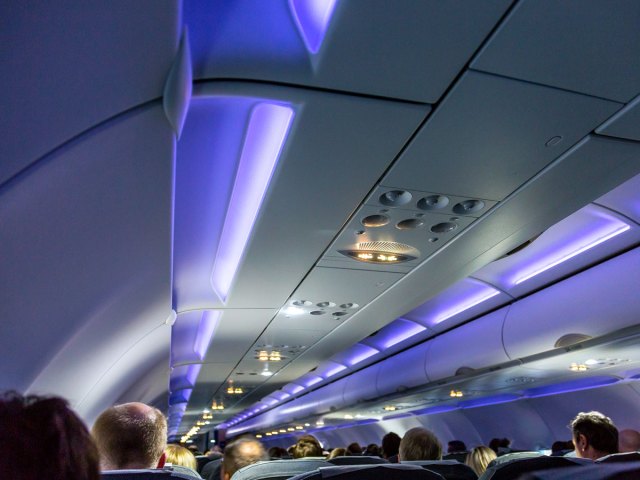You don’t have to be Jerry Seinfeld to wonder what the deal with airplane food is. And while it’s true that most airlines aren’t expecting a Michelin star for the pasta and dinner rolls they serve in economy class, it isn’t just the cuisine that’s suboptimal at 30,000 feet: It’s also your ability to taste it. Below, discover the science behind why your airplane meal tastes different onboard — and how airlines design their in-flight cuisine around it.
Your Taste Buds at 30,000 Feet

The pressurized cabins of modern airliners allow passengers to breathe normally during flight at high altitudes where they wouldn’t otherwise be able to. But pressurization also weakens our sense of smell and our taste buds. An aircraft’s pressurization system draws air into the airplane cabin and pressurizes it to an altitude of 8,000 feet, and the air at altitude is much drier than when on terra firma. The lack of humidity in airplane cabins — which is typically between just 5% and 20% — combined with the lower air pressure, and even the constant background noise heard on a commercial flight, drastically alters how well we’re able to perceive flavors. That’s true of sweet and salty ones in particular.
The result: decades of complaints about how bland airplane food tastes. Not all of those complaints come from normal travelers. Even celebrity chef Gordon Ramsay famously declared that he refuses to eat on planes. Ramsay is known to be a tough judge, but he’s hardly alone in his appraisal — many folks stick with packaged snacks or eat something from the terminal instead.
How Recipes Are Tailored for Airplane Cabins

These concerns present both a challenge and an opportunity for the chefs who prepare in-flight meals, who typically add more salt and seasoning to compensate for the poor conditions (without going overboard). Because smell and taste are inextricably linked, this is done as much to make mile-high meals smell good as it is to alter the actual taste — the better we’re able to smell something, the more we can actually taste it.
Salt is perceived to be between 20% and 30% less intense, and sugar is 15% to 20% less intense at high altitude, according to research conducted for Lufthansa by the Fraunhofer Institute for Building Physics. In comparison, spicy, bitter, and sour flavors don’t lose quite as much flavor at high altitudes. The same is true of fresh fruit (particularly citrus) and umami flavors such as mushrooms, cheese, and tomatoes.
A little creativity goes a long way, but it’s hampered by the logistical reality of mass production. Safety standards for in-flight meals are strict (as they should be!) and require that all food be cooked on the ground. This necessitates packing, refrigeration, and reheating before anything is actually served on your flight — all of which would alter its flavor even if you were at sea level.
The Effect of Sound
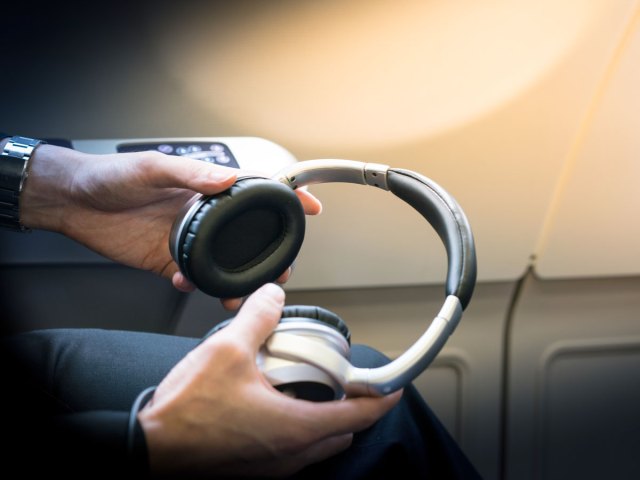
And then there’s sound, which has more of an effect than many passengers realize. Studies have shown that people eating their meals accompanied by loud background noise found their meals less sweet and less salty than people eating the same food in silence. Between air conditioning, engine noise, announcements from the captain, and the occasional crying baby, it’s easy to see why your chicken and green beans would taste blander than they would at the airport. All of these problems are exacerbated the longer you’re in the air, which presents one possible solution: Eat your meal as early as possible and hope for a smooth flight.
More from our network
Daily Passport is part of Inbox Studio, which publishes content that uplifts, informs, and inspires.






